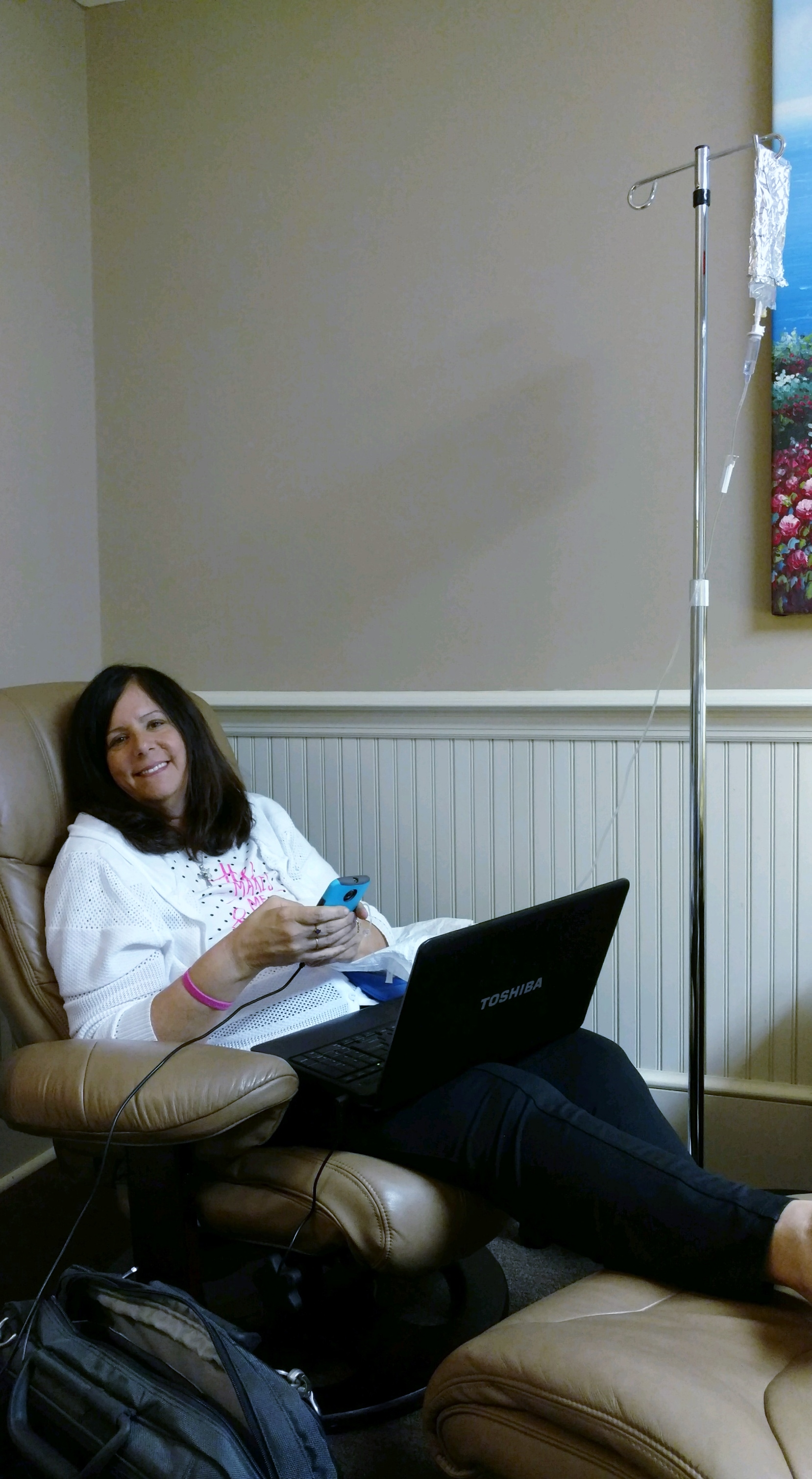Bronchial adenoma
Bronchial adenoma: The bronchi, trachea and salivary gland

Bronchial adenoma is one of the many rare type of cancer that originates from the mucous glands and is treatable
Bronchial adenoma is one of the many rare type of cancer that originates from the mucous glands, the ducts of the lung airways (bronchi) or windpipe (trachea) and in the salivary glands. The word adenoma denotes the noncancerous tumor but at the same time most of the bronchial adenomas themselves are cancer which can spread to the other body organs. Their growth is not rapid. They are also treatable. Therefore if you are struggling with this, we have good news for you. Experts at AWAREmed Health and Wellness Resource Center under the leadership of doctor Dalal Akoury MD, are more than willing to help you all the way. You can call (843) 2131480 or contact Dr. Dalal Akoury directly on Facebook, LinkedIn and through other media on this site.
Bronchial adenoma: Types
These come in various types including:
Carcinoid tumors upsets the hormone-producing cells and nerve cells. They can form in the lungs, the stomach and intestines.
Adenoid cystic carcinoma originates from the salivary glands in the mouth and throat. This also affects the trachea, tear glands, sweat glands, or a woman’s uterus, vulva, or breasts.
Mucoepidermoid carcinoma happens in the salivary glands. Most cancers of this type affect the parotid glands in front of the ears.
Bronchial adenoma: Causes
The causes of this disease is not known. However, it is associated with the gene of an individual. Those with an inherited disease called multiple endocrine neoplasia type 1 are more likely to get lung carcinoid tumors. A past radiation on the head and neck can raise the risk for Mucoepidermoid carcinoma.
Bronchial adenoma: Symptoms
In most cases, carcinoid tumors and other types of bronchial adenomas grow slowly, hence early symptoms may not show. The patient will have symptoms depending on the location of the tumor. Carcinoid tumor symptoms include:
- Wheezing
- Shortness of breath
- Infections like pneumonia
- Flushing of the face
- Cough which comes with blood at times
- Chest pain
And the symptoms of adenoid cystic carcinoma includes:
- A lump on the upper roof of the mouth, under the tongue, or at the bottom of the mouth
- Trouble swallowing
- Hoarse voice
- Numbness in the jaw, upper roof of the mouth, face, or tongue
- Bump under the jaw or in front of the ear
Mucoepidermoid carcinoma symptoms include:
- Swelling in the glands near the ears, under the lower jaw, or in the mouth
- Numbness or weakness of the face
- Facial pain
Bronchial adenoma: Diagnosis
The diagnosis of bronchial adenoma is done through various tests including:
Biopsy where a sample of tissue is taken for a laboratory examination.
X-ray uses low doses of radiation to make images of structures inside the body. A chest X-ray can look for a tumor in the lungs.
Magnetic resonance imaging (MRI), this uses powerful magnets and radio waves to make pictures of organs and structures inside the body. It can reveal the size of the tumor. The patient may get a liquid to drink, or into a vein before the test. This contrast dye is essential in delivering a clearer image. Besides MRI, the doctor may also do other types of scans to look for the tumor and establish to what extent the tumor has spread.









